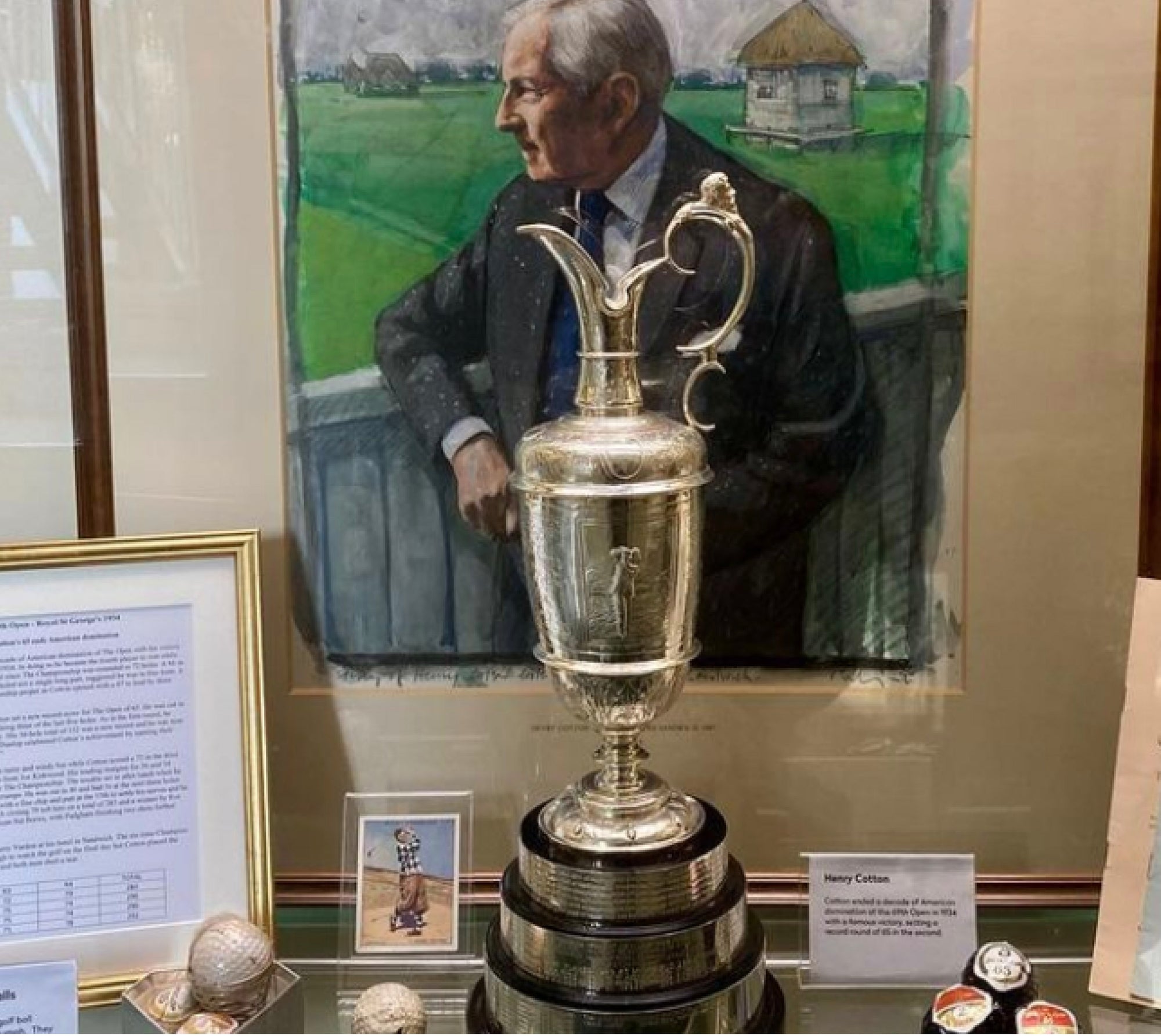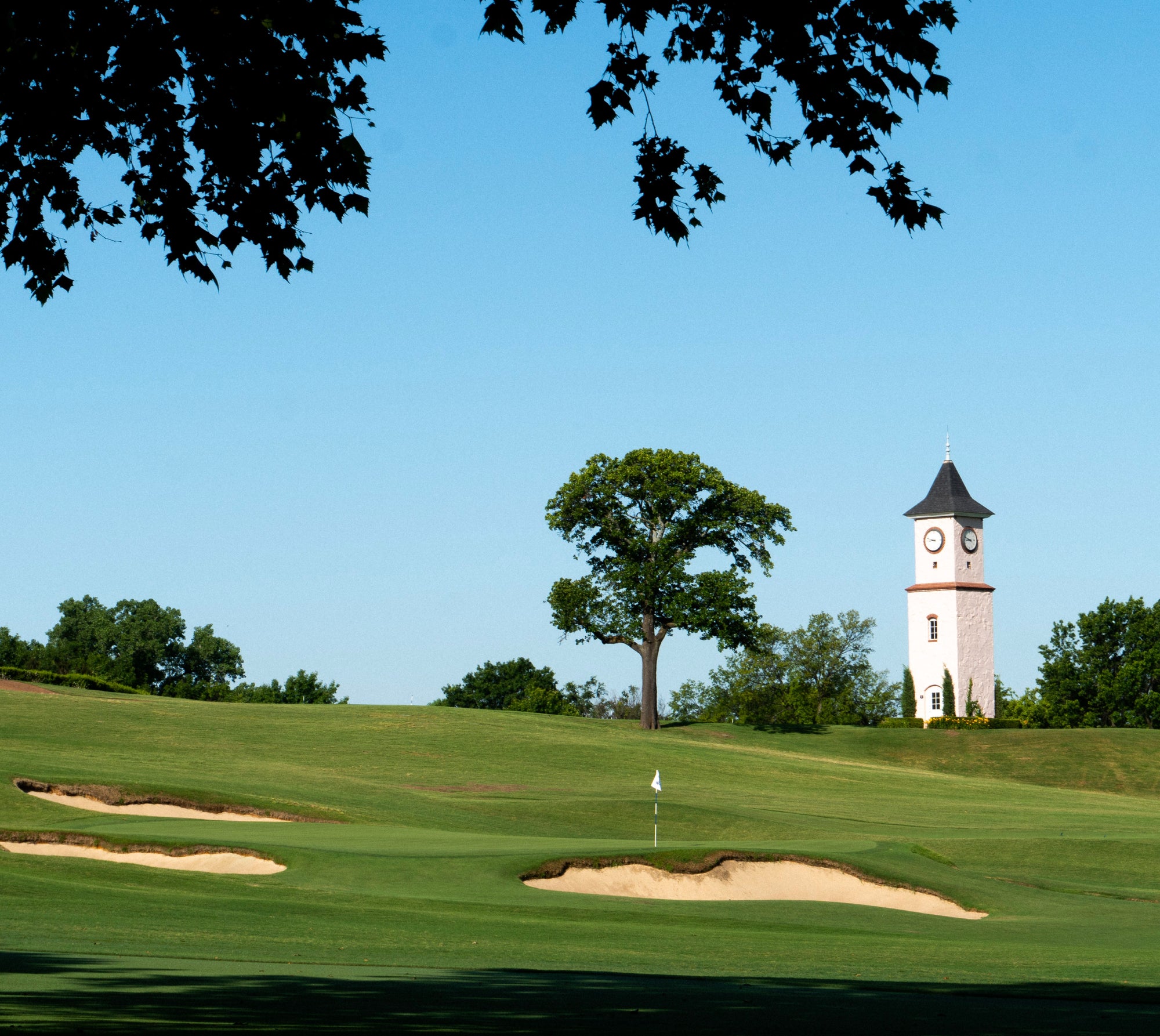
Golf, in its modern form, has been played since the 15th century. After originating in Scotland, the sport has proliferated to all corners of the globe, from a windswept island inside the Arctic Circle to the slums of Mumbai, India. And, famously, golf is the only sport to have been played on the moon.
Across the centuries, golf has seen its share of legendary players and historic events. But it’s the game’s playing ground, the course itself, that imbues the sport with its sense of timelessness. The Old Course at St. Andrews, the self-titled “Home of Golf,” still rumbles out and back from its namesake town by the sea. Some five hundred years on from its founding, the Old Course remains a public links, available to anyone who can get themselves to Scotland’s east coast.
Though the Old Course marks a golfing success story, there are a number of world class courses that no one will ever play again. Below, we remember some of America’s greatest lost courses.
Note: much of the information (and all the quotes) below comes from Daniel Wexler’s phenomenal book Missing Links: America’s Greatest Lost Golf Courses and Holes. Strong recommend.
The Lido Golf Club
Lido Beach, NY
Opened 1917
Perhaps the most famous lost golf course in the world was situated on a thin strip of an island just off the coast of Long Island. The Lido was designed by the inimitable C.B. Macdonald, the father of American golf course architecture, whose portfolio bursts with gems (NGLA, Yale, Piping Rock, the Greenbrier’s Old White, and Mid Ocean, among others).
Macdonald built the club for Roger Winthrop, the president of Piping Rock, on 115 acres of marshy swampland. Though Pete Dye’s Stadium Course at TPC Sawgrass was built on the same sort of terrain, Macdonald was limited by early 20th-century equipment. Although perhaps limited isn’t the right word.

The 175-yard Eden third at the Lido, with the footbridge to the fourth fairway seen at left.
The course that Macdonald and his team constructed - after moving some 2,000,000 cubic yards of sand and at a cost of nearly $800,000 - was universally considered among the world’s best. Esteemed golf writer Bernard Darwin called The Lido “the finest course in the world,” and Claude Harmon, 1948 Masters champion and club professional at both Seminole and Winged Foot, one-upped him: “the greatest golf course ever.”
It was the first truly man-made golf course, and Macdonald let his imagination run wild. One of the more famous holes was the par-5 fourth, a risk-reward venture with a dual fairway. The safer lefthand path started just over a short footbridge, snaked left to right around a dune, and climbed up towards the elevated green, while the island righthand fairway sat atop the dune across 180 yards of water. Those bold enough to take on the forced carry essentially turned the hole into a par 4. Macdonald’s own words on the fourth: “I think this hole will be considered the finest 510-yard hole in the world.”

The Lido’s third green looking towards the fourth hole. The lefthand fairway begins just over the footbridge, while the riskier play demands a blind shot towards the distant tower.
The story of the 18th hole is well known, as it was not designed by Macdonald but rather by a not-yet-famous Dr. Alister MacKenzie. The good doctor submitted a par-4 design to a hole design contest put on by Britain’s Country Life magazine, and Macdonald picked up the idea and ran with it. Today, the MacKenzie society’s Lido Design Contest pays tribute to this hole.
Sadly, the club was neglected during the Great Depression, and Winthrop was forced to sell it off to developers. After Navy occupation during World War II, the Lido shut its doors for good in late 1942. A Robert Trent Jones municipal design now occupies the northern half of the old site of the Lido.
Sharp Park
Pacifica, CA
Opened in 1931
“But wait!” I hear fans of West Coast muni golf cry, “Sharp Park has been saved!” And while it’s true that the current Sharp Park layout south of San Francisco has received a stay of execution from various environmental groups, this track is not the one laid out by Alister MacKenzie in the late 1920s.

MacKenzie’s original layout, from San Francisco Public Golf.
MacKenzie’s cypress-studded Sharp Park boasted two seaside holes running directly towards one another like oncoming trains in that ubiquitous math problem, another two holes with distinctly split fairways, and a variety of par-4s ranging from 274 to 443 yards.
One of the course’s best holes was the short par-4 second, which featured alternate tee boxes on either side of the first green. The sharp dogleg right featured a wide landing area at the corner, and narrowed up towards a green set precariously between a yawning bunker right and a lake left. A cousin of the classic Cape template, the second was driveable under the right conditions and tested a player’s decision making as well as physical ability.
After a righteous storm decimated the property in the years just after it opened, the course was rebuilt with an earthen seawall of sorts taking the place of those coastal holes. The rest of the layout has been altered enough that few original MacKenzie traces remain, which is a pity as, according to Wexler, “Sharp Park would have to stand well out in front as America’s finest municipal golf course.”
El Caballero Country Club
Tarzana, CA
Opened in 1926
Another California club whose name lives on in a present-day course, El Caballero was designed by Billy Bell, a construction supervisor who often worked under the legendary architect George C. Thomas. Bell carved a gem of a track out of the canyons in the northern foothills of the Santa Monica Mountains: no less an authority than Grantland Rice rated the course among the best on the West Coast.

El Caballero’s hazard-strewn first played to a green just beyond the lone tree.
El Caballero hosted the 1927 Los Angeles Open (won by Bobby Cruickshank), and its 6588-yard par-72 layout would still remain testing to golfers today, mainly due to the precise nature of many of the approaches. Bell carved out a number of holes playing up, down, or across several canyons, and incorporated a natural barranca on a number of holes.
The course’s signature hole would surely be the one-shot fifth, a 144-yard hit-it-or-else proposition necessitating a carry over a massive gully to a green with a barranca left and long and a steep hillside to the right.

The postcard-worthy fifth at El Caballero.
Sadly, as LA’s urban sprawl continued unabated in the years after WWII, the land upon which El Caballero sat became too valuable to sit on. The course’s skeleton now rests beneath one of the San Fernando Valley’s more upscale suburbs.
Timber Point Golf Club
Great River, NY
Opened in 1925
Noted mostly for his work with Harry Colt, Charles “C.H.” Alison built a number of fine golf courses on his own, including Timber Point on Long Island’s south shore. Before being sold to Suffolk County and converted into a 27-hole municipal layout in the middle of the 20th century, Timber Point boasted 18 of Long Island’s best holes and a hand-selected membership of just 100 lucky folks to play them.

The short but difficult proposition of Timber Point’s 12th.
Timber Point’s sand hazards were awe-inspiring, looking more like something out of central Florida or the heathlands of Britain. Though the layout had water on three sides, only five holes took direct advantage of the coastline, so varied and exceptional was the terrain on the interior of the layout.
The course drew comparisons to Pine Valley, and was judged as one of the most difficult courses to be built during its era. Two par-3s of wildly disparate distances offer a glimpse into the perils that a player faced during the heyday of Timber Point. The 12th hole measured only 140 yards, but the small green sat amid an ocean of tidal sand. The 15th? An elevated, sand-surrounded green sat 200 yards from the player, with the ocean beyond.

Timber Point’s brawny, uphill, 200-yard Gibraltar-style 15th.
Wexler feels confident that with Timber Point’s “tremendous challenge, variety, and ambiance..a top 15-25 ranking seems about right.”
Fresh Meadow Country Club
Flushing, NY
Opened in 1922
Golf is not the first sport that comes to mind when someone mentions Flushing, or its borough of Queens, in New York City. The Mets make their home at Citi Field by Flushing Bay, and every summer the tennis world descends for the U.S. Open, held just on the other side of the tracks from the baseball stadium. But from 1922 until 1946, one of the East Coast’s finest golf facilities called Flushing home.

Tommy Armour putting on the 9th green during the 1930 PGA Championship while Gene Sarazen and a sizable gallery look on.
Fresh Meadow’s pedigree is unimpeachable. With A.W. Tillinghast as the architect and Gene Sarazen as the head pro, the course hosted the 1930 PGA Championship and the 1932 U.S. Open, the latter of which was won by Sarazen after he had absconded for a job at another course to mitigate what he called the “home pro jinx.” Sarazen had lost to Tommy Armour in the finals of the 1930 PGA, and was convinced his years of practice at Fresh Meadow had somehow negatively affected him. Looks like it worked out.
The course itself was classic Tillinghast, its back-and-forth routing set off by a variety of artful doglegs and some ferociously penal bunkering. Horton Smith, winner of the first and third Masters tournaments, named the 578-yard fifth as “one of the finest he had ever played.” A demanding 6,815-yard test from the championship tees, Fresh Meadow would rank among the most historic layouts in the country had it not been sold off to developers.

Gene Sarazen utilizing his sand game (and likely, his personally designed sand wedge) to convert an up and down on 18 for the victory at the 1932 U.S. Open.
On the whole, the combination of the Great Depression, World War II, and rising property values as cities began to grow outward as well as upward contributed to the death of these Golden Age courses. And for the five featured here, there are hundreds more that have sunk beneath the earth without so much as a whimper. All the more reason to skip the shiny new layout in favor of a Golden Age design for your next game.
Photos in this post originally appeared in either Golfers Illustrated or The American Golfer.










